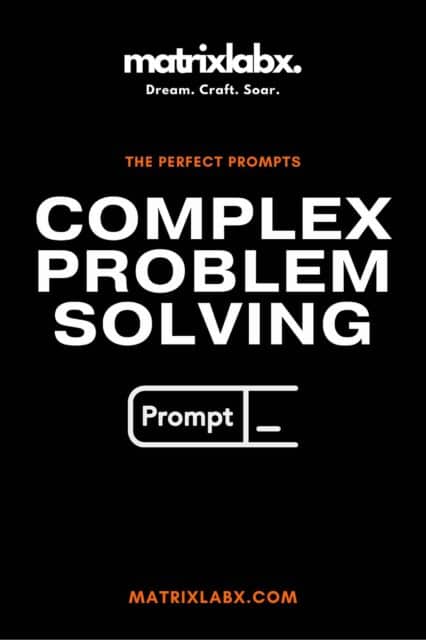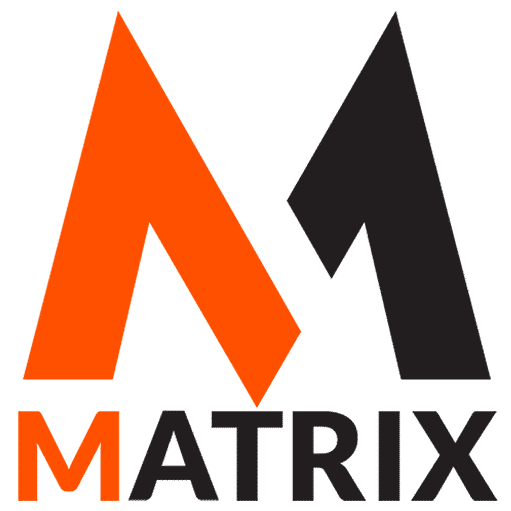How do you attract and retain talent and recognize ‘A Players.’
Although when attracting and retaining talent, intelligence and experience are critical, their character, personalities, drive, and internal drive are also important intangibles.
Top talent is drawn to innovative companies with strong reputations and a culture that rewards success.
One of the major challenges businesses in growing industries face is the rising competition.
The rise of online recruiting has provided new opportunities for young professionals, letting them compare different jobs until they find the right one.
Most importantly, the growth of the industry and new technologies make employee retention more difficult. Today’s employees are tech-savvy, and they perceive their careers differently. Superior talent is hardworking and dedicated to their jobs but constantly seeks new professional challenges and opportunities.
Therefore, they will leave you if you don’t meet their expectations. Statistics say that half of the high-retention-risk workers constantly search for better jobs.
Here are a few tactics that will help you attract and retain top talent.
The Skill Gap: Why 85% of Marketers Are Not Ready
The Skill Gap: Why 85% of Marketers Are Not Ready highlights the urgent need for upskilling in a rapidly evolving digital landscape. Advanced technologies like AI, data analytics, and automation are outpacing traditional marketing expertise, leaving most professionals unprepared to adapt and compete effectively.
Create Career Advancement Opportunities for Attracting and Retain Talent
Career advancement opportunities (or the lack of them) are the main factor that determines whether an employee will stay at your company.
The stats back me up on this.
According to a research study by the American Psychological Organization, only 49% of employees were satisfied with their professional growth opportunities. What about the other half? Unfortunately, chances are they will leave your organization. Namely, staff members who cannot achieve the desired professional goals at your company are 12 times more likely to leave.
The Randstad study claims that limited career paths and the lack of challenging responsibilities are major reasons people hop jobs.
That’s why you must invest more in your employees’ professional progress.
Start right from your hiring processes. When attracting top talent, create job posting ads emphasizing the career advancement opportunities you provide. Your job description should emphasize how dedicated employees can grow and what they can learn. Explain the mission of your employee learning program and even provide employee testimonials to back you up.
Now that you’ve attracted top talent, you must deliver on your promises. Talk to your employees regularly and build an employee-centric learning plan celebrating their individuality and creativity. Let staff members build their own plans and pick the skills they want to learn or improve.
This will help you create personalized learning content for them and, in this way, maximize their satisfaction. According to some recent studies, 78% of employees emphasize a solid career advancement plan would motivate them to stay at their company longer.
Not investing in this area will deter potential new hires and send your existing talent base to your competitors. Carve out the time and budget for professional development. It will pay massive dividends in the end.
70% of agencies need help integrating AI solutions.
70% of agencies need help integrating AI solutions into their tech stack, citing a lack of interoperability as a major barrier. 85% of marketing agencies need more in-house expertise to manage and deploy multi-AI agent systems effectively.
Reward Staff Regularly to Retain Talent
According to studies, 88% of workers believe incentivizing employees for good work is necessary. Moreover, the above-mentioned study by Randstad shows that 27% of employees would leave your organization because of the lack of recognition.
Rewarding your employees regularly is one of the most effective ways to prove that you care about them, appreciate their dedication, and let them know that their hard work makes a difference. One of the best ways to do so is to combine tangible with intangible rewards.
Tangible rewards are easy to see, touch, or spend in a certain way. Probably the first thing that crosses your mind is raises or bonuses. But what if I told you that your employees prefer non-cash rewards?
Namely, the expectations of modern workers have changed. Do they want their employers and managers to understand their needs, hobbies, and interests and pick a personalized reward?
For example, if they love reading, why not buy them a gift card at their favorite bookstore? If you are unsure what their favorite brand or store is, you could also give out prepaid cards that can be spent in multiple locations.
As for intangible incentivizing methods, these rewards cannot be touched or seen. Better employee benefits sound like a good method of incentivizing. For example, why not pay for a better insurance plan, buy them newer equipment and furniture, or throw a huge office party? You could also offer additional days off, more flexible work schedules, or career development opportunities.
You can also give your employees corporate prepaid cards and load them with funds. That way, you can cover their smaller day-to-day costs such as lunch meetings, transportation, and anything else they might need to make their job easier and work environment more comfortable. This will not only be rewarding and beneficial for your employees, but it will also simplify your daily accounting tasks.

Build your Corporate Culture on Honesty
Gaining your employees’ trust starts right from your recruiting process. Before you decide to hire a candidate, you must ensure they’re the right fit for your organization. Talk to them openly about your company’s values and missions. Describe the workplace atmosphere the way it is and highlight their responsibilities and obligations.
Remember that fitting in is not always easy, especially for new employees. Build and nurture the open-door policy and a culture of open communication and honest relationships. To encourage them to talk to you, you first need to get to know your employees and show candid interest in their well-being, thoughts, and problems.
Remember that not everyone will voice their problems, concerns, or ideas publicly. To get your employees’ honest feedback and learn what they think about you, you should also rely on alternative methods of collecting their feedback, such as anonymous surveys or questionnaires.
Honesty is a two-way street.
Your employees expect you to be honest with them, too.
For starters, talk to them about their performance. The idea is to provide them with feedback that will help them improve. Start by setting the right KPIs to track your employees’ performance. This will help you determine whether the employee meets your expectations. Now, there are numerous ways to provide feedback to employees.
For example, you could create detailed employee performance reports. You don’t have to create monthly or quarterly reports only. Issues are popping out unexpectedly, and if left unsaid, they may harm your entire company’s performance. This is why weekly or even daily reports may be helpful. Stats back me up on that, showing that highly engaged employees receive feedback from managers weekly.
If someone is underperforming, never criticize them publicly. Instead, schedule an in-person meeting with them. Talk to them openly about their problems, ask what prevents them from completing their assignments, and, above all, offer help. Sometimes, non-verbal communication, such as tight faces, gasps, or downcast eyes, may tell you more than words.
The idea is to always end on a positive note. Let your employees know that the purpose of your feedback is not to make them feel bad. On the contrary, focus on providing constructive criticism – one that will help them understand the mistakes they make and remove them fast.
Over to You on Attracting and Retain Talent
Remember that top talent is scarce when building your employee recruiting and retention strategy. That is why you need to adapt your corporate culture to their needs.
This means providing greater flexibility and better career growth opportunities. Listen to your employees and show they are valuable in your well-oiled corporate machine.
Please provide them with regular performance feedback and constructive criticism that will help them improve.
Above all, reward them to keep them motivated and loyal.
Sometimes, it might not make sense to hire new talent outside of the organization. They turn to outsourcing firms for HR, marketing, engineering, and other functions. Read About Hiring A Marketing Agency: the 8 Benefits Realized.
Hope this helps!
Are you not getting the results you had hoped for with your current marketing agency? Let the experts at this Denver marketing agency help you generate more web traffic, convert more leads, and close more sales. Our team knows what it takes to build and maintain a proven marketing strategy that drives high-quality leads. For more information, check out our marketing services or contact us to schedule a free consultation to discuss your needs and our services.
General FAQ’s
How do you attract, recruit, and retain top talent?
Follow these steps to attract and retain top talent.
– Know your company’s mission and values.
– Identify the most important skills and values for your company.
– Build an employee-focused culture. Consider what you can offer employees.
– Involve employees in recruiting.
– Get online; LinkedIn is great!
What does top talent mean?
While “top talent” is generally understood to be the employees who are given the highest scores on their performance appraisals, there is no single definition of top talent, except perhaps those who possess and exhibit the characteristics most valuable to your organization.
What are employee retention programs?
Employee retention programs can help you protect your most valuable assets: your people. High turnover rates cost time and money and indicate that your organization is a stepping stone rather than a destination. You might think you don’t have time to develop new employee retention strategies.
Why is attracting A player important?
An improvement in business performance is the top reason. Talent management helps employees feel engaged, skilled, and motivated, allowing them to work toward the company’s business goals, increasing client satisfaction and business performance.
